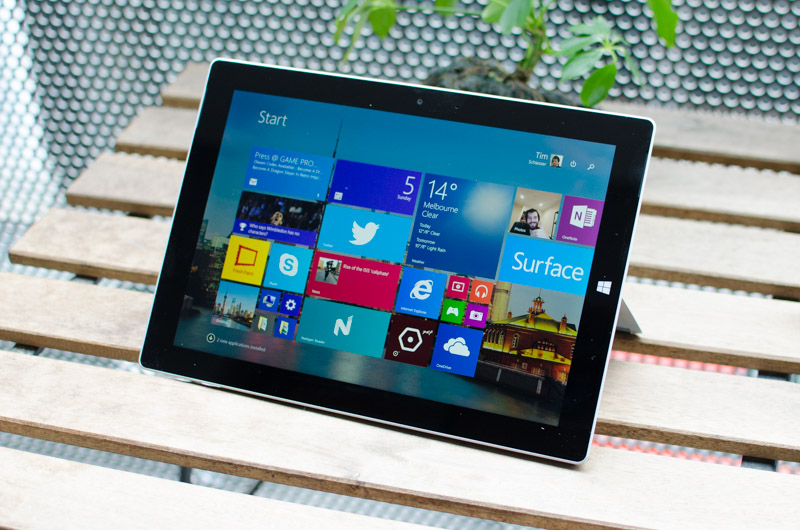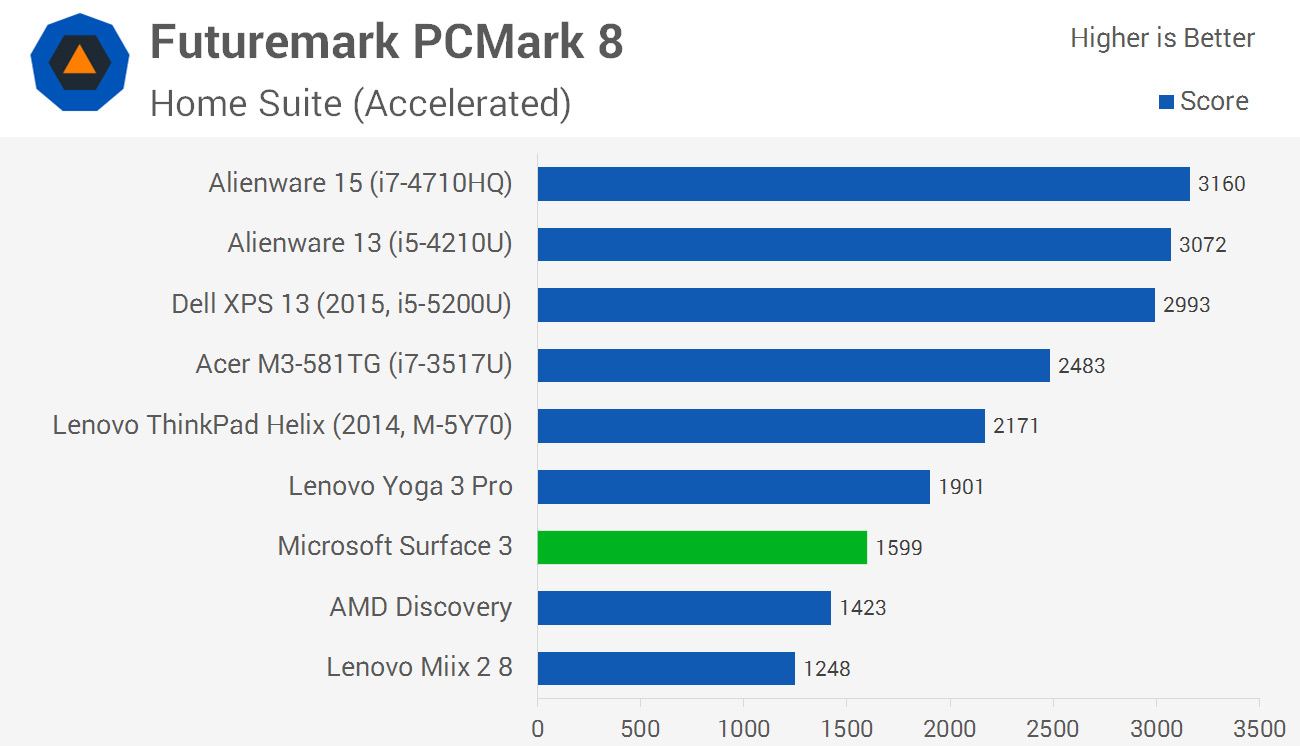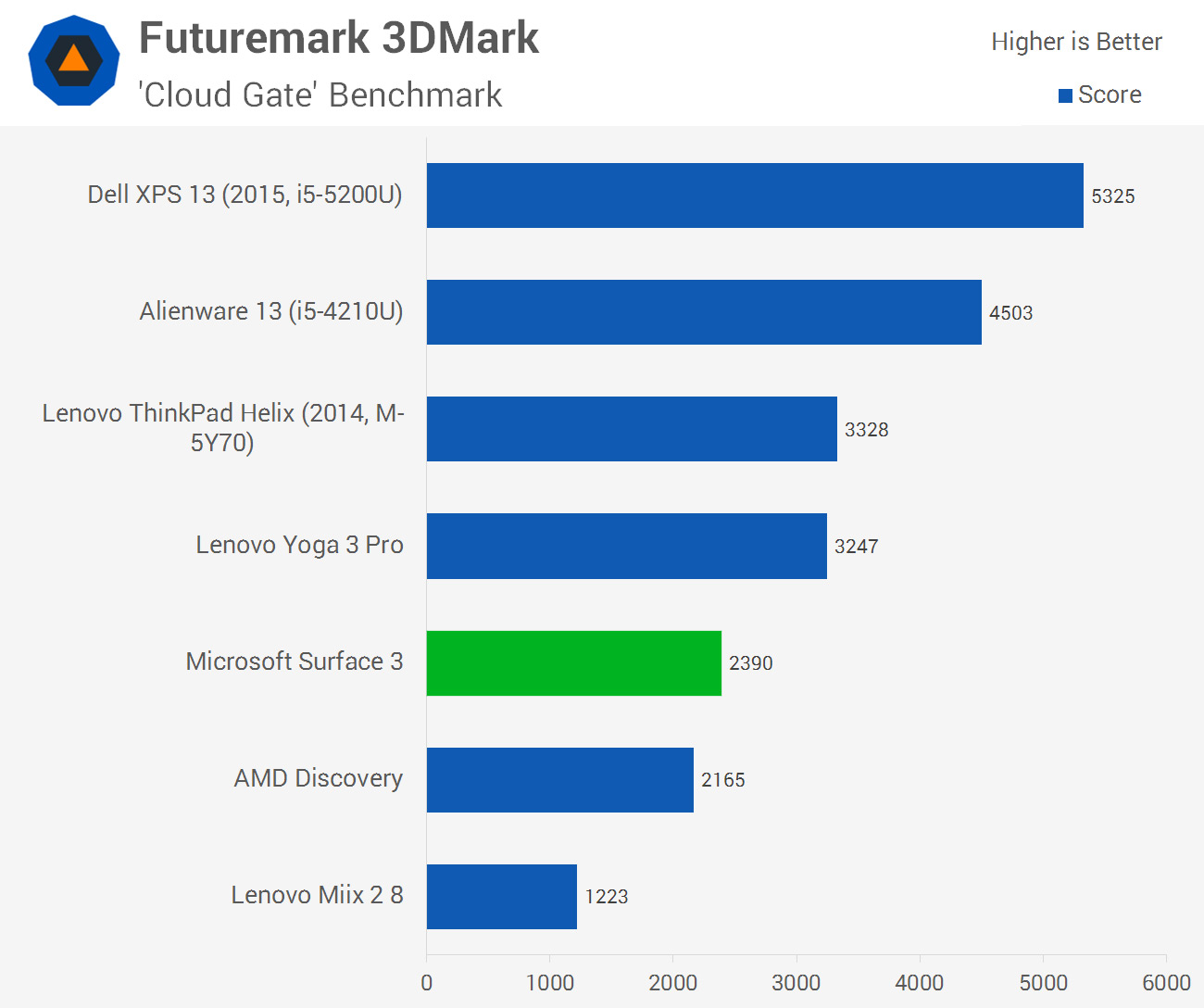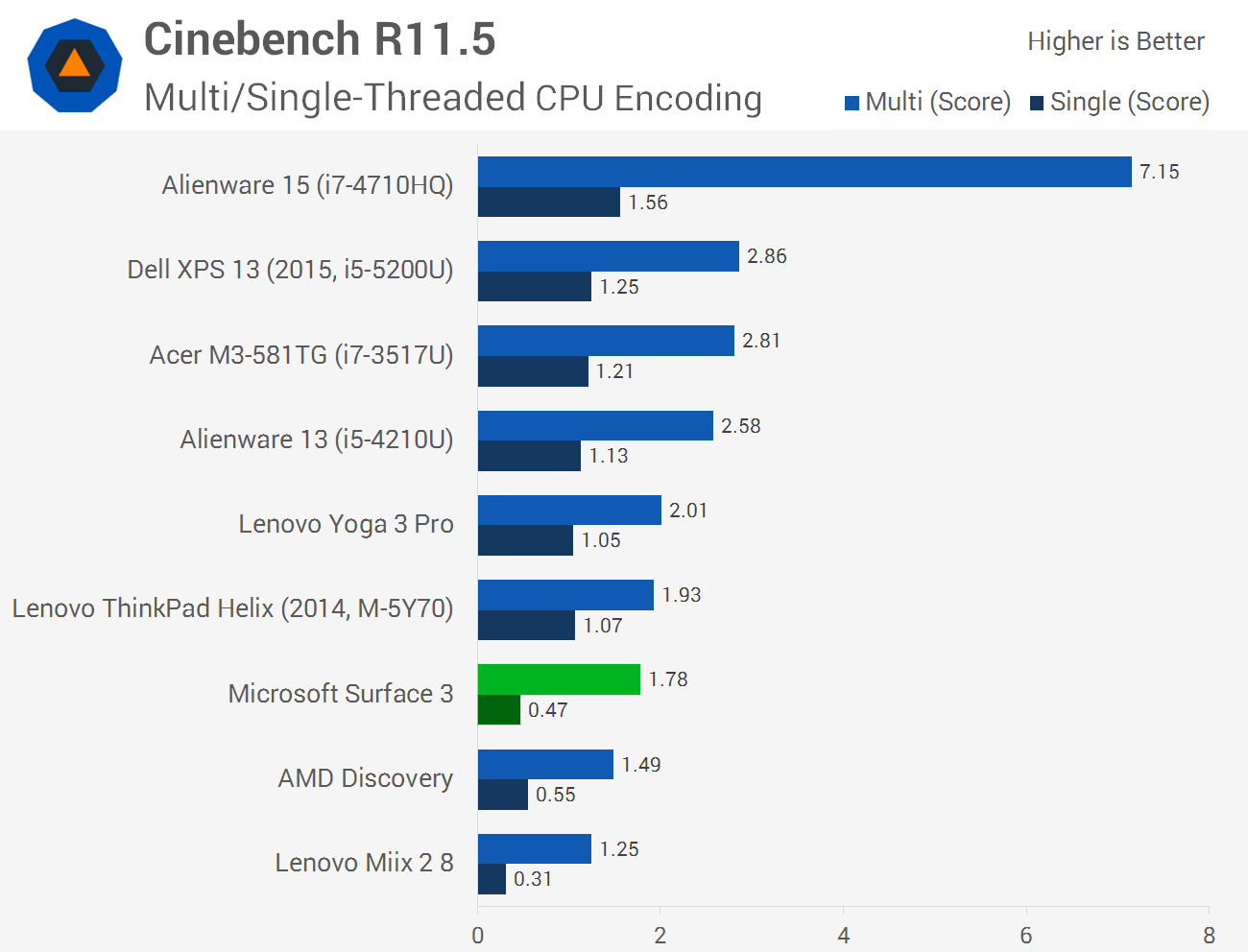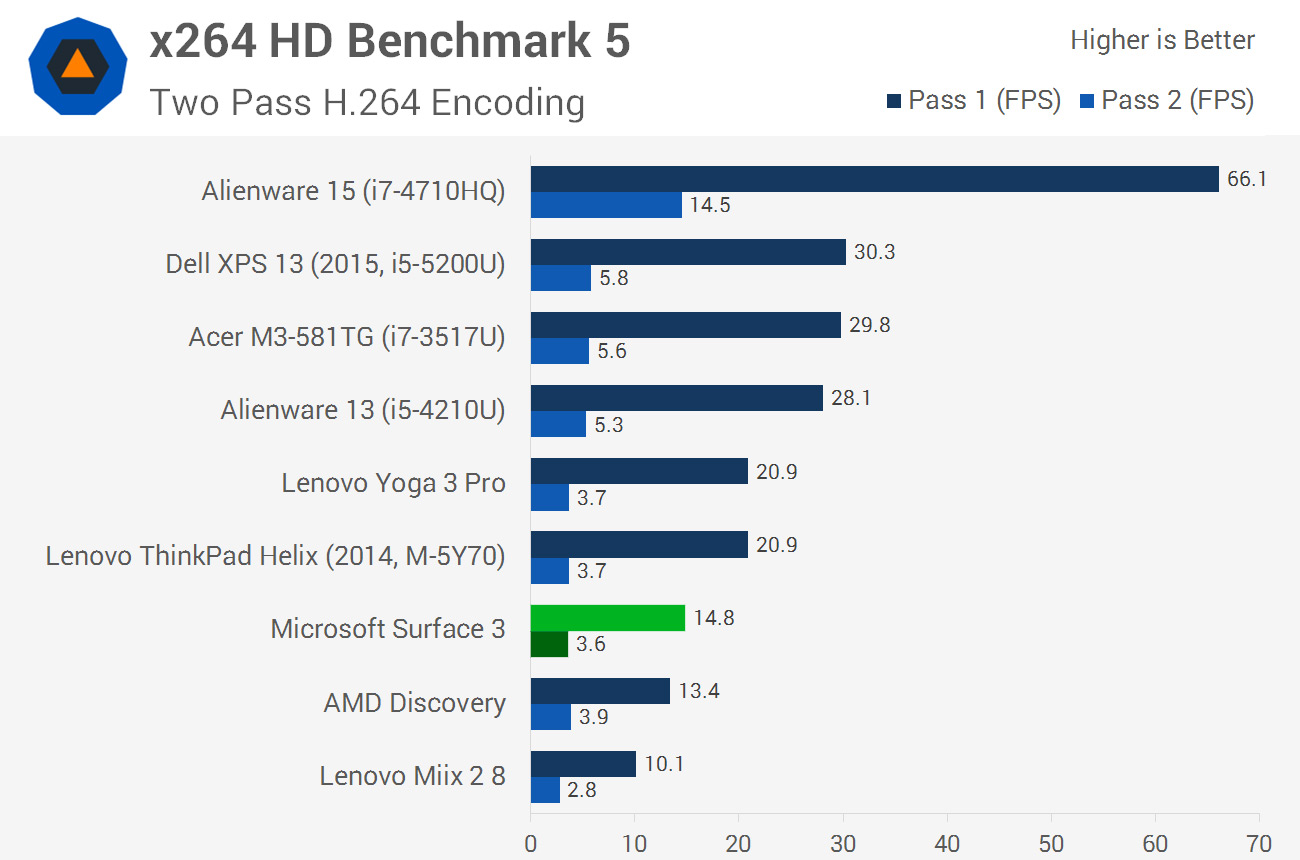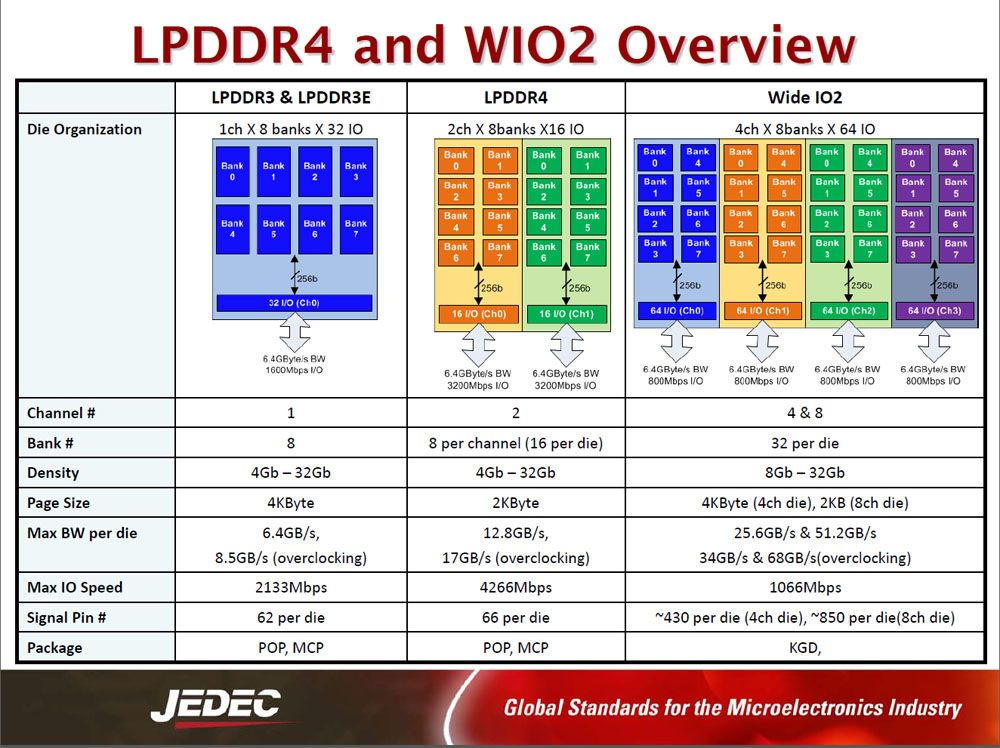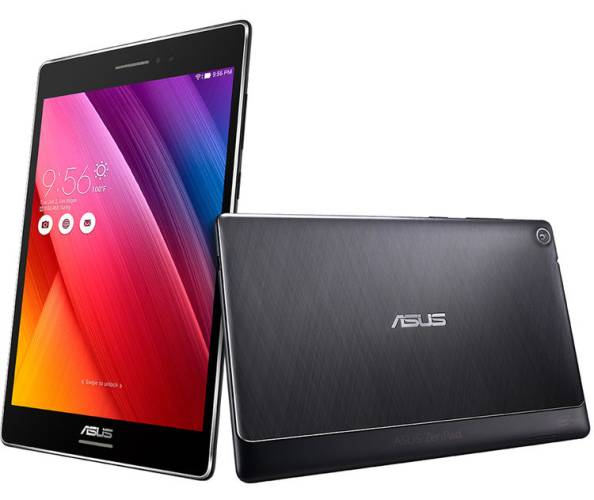cbn
Lifer
- Mar 27, 2009
- 12,968
- 221
- 106
Regarding the SoFIA specs, I must say it is disheartening to see Intel downclock/downbin parts when they are the underdog in the phone arena:
1.) I would think there is enough product differentiation in the number of cores and modems to allow greater clockspeeds on the lesser parts.
2.) In order to help x86 adoption inMS Universal Apps or Android, I think having a greater bang for the buck on the CPU is something that would pay off for Intel in the long run.
P.S. On the dual core SoFIA, it would also have been nice to see Intel spec higher memory bandwidth so the device runs better when docked to higher resolution screens(ie, Windows 10 Continuum).
EDIT: The two lower end SoFIA do not support Windows 10.
1.) I would think there is enough product differentiation in the number of cores and modems to allow greater clockspeeds on the lesser parts.
2.) In order to help x86 adoption in
P.S. On the dual core SoFIA, it would also have been nice to see Intel spec higher memory bandwidth so the device runs better when docked to higher resolution screens
EDIT: The two lower end SoFIA do not support Windows 10.
Last edited:


